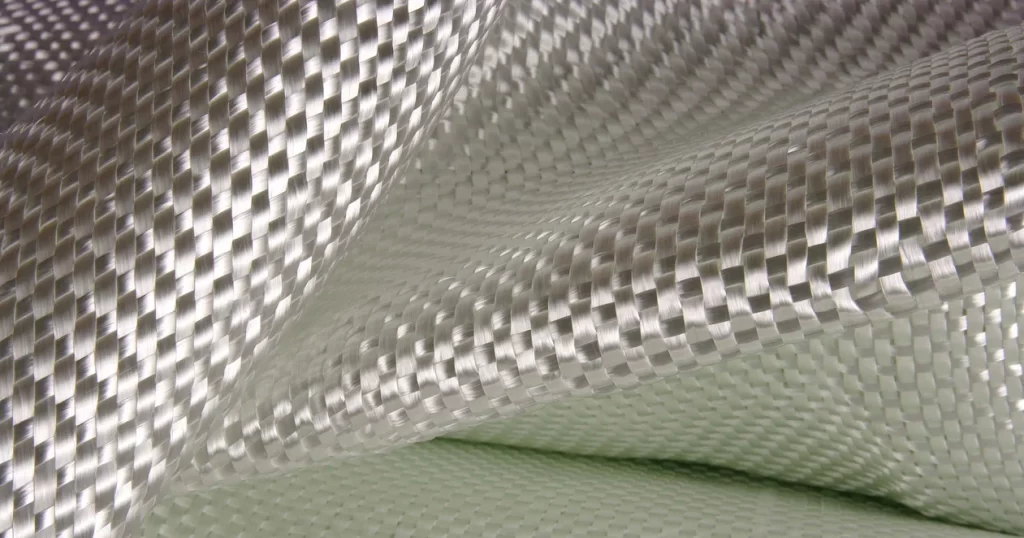Glass fiber composite material properties

Fiberglass is a material composed of many extremely fine glass fibers. It is made by forcing molten glass through a sieve, which spins it into threads and then combines to form glass fibers.
Fiberglass composites are a reinforced plastic material consisting of glass fibers embedded in a resin matrix. Fiberglass composites have excellent specific strength, are light in weight but have mechanical properties close to metal; they are rust-proof and can withstand acid, alkali, moisture and salt spray environments for a long time, and have a longer service life than traditional metal materials; performance can be optimized by adjusting the fiber layup and resin type, and can be processed into complex shapes; they are non-conductive and transparent to electromagnetic waves, and are suitable for special functional components such as electrical equipment and radomes; compared with high-end composite materials such as carbon fiber, fiberglass is cheaper and is an economical high-performance material choice.
Glass fiber composite materials used in low altitude economy
Widely used in the field of drones
Fuselage and structural components: Glass fiber reinforced plastic (GFRP) is widely used in key structural components such as the fuselage, wings and tail of drones due to its lightweight and high strength.
Blade Materials: In drone propeller manufacturing, fiberglass is used in combination with materials such as nylon to increase rigidity and durability.
Important materials for electric vertical take-off and landing aircraft (eVTOL)
Fuse frame and wings: eVTOL aircraft have extremely high requirements for lightweight, and glass fiber reinforced composite materials are often used in combination with carbon fiber to optimize the fuselage structure and reduce costs.
Functional components: Glass fiber is also used in eVTOL avionics devices (such as RF power amplifiers), and its high temperature resistance and insulation properties make it an ideal choice.
As a strategic basic material in the low-altitude economy, glass fiber has broad application prospects in drones, eVTOL and other fields. With policy support and technological progress, its market demand will continue to grow and become an important force in promoting the development of the low-altitude economy.
